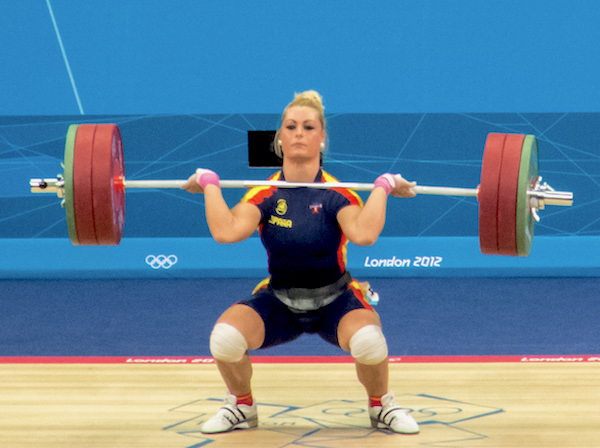All About Weightlifting
Along with “who can run the fastest”, “who can throw the farthest”, and “who can fight better”, who can lift the heaviest object seems like one of the oldest questions in human civilization. No surprise then, that an Olympic event still seeks to answer it.
How Does Weightlifting Work?
Olympic weightlifting consists of two types of lifts, the snatch, and the clean and jerk. To complete a snatch lift, athletes need to lift the barbell and extend it above their head in a single, smooth motion. The clean and jerk has lifters bringing the barbell up to their chest and then pausing there before extending it above their head. Before each of the lifting disciplines begins, all the lifters choose the weight they will begin attempting. The lifts go in order from lightest to heaviest. Weightlifters have three chances to successfully complete each lift. If they fail, they can choose to try again later on at the same weight or a higher one. If they succeed in fewer than three attempts, they can also choose to go up in weight on a subsequent attempt. In the end, the person who has lifted the highest number of combined pounds successfully wins the competition.
Why do People Like Watching Weightlifting?
First of all, watching other people strain to lift heavy weights is way better than actually doing it yourself. You could get hurt! Seriously though, I enjoy watching weight lifting. There’s an inherent enjoyment derived from seeing people with such extreme body-types do something they’ve molded themselves to be ideal for. In terms of tactics, weightlifting is simple but psychologically compelling. If you choose a weight that is too heavy for you, you can’t try again at a lower weight — you can only repeat a lift at the same or a higher weight. But, if you choose a weight that’s too easy for you, it still may tire you out enough that you fail at a higher weight you would otherwise have succeeded at. So, the goal is to walk the line very carefully between too heavy but do-able and actually too heavy. Add the pressure of the Olympics and it’s an event ripe for drama.
Check out some highlights from the 2012 Olympics:
What are the different events?
There are 15 weightlifting events, organized by weight (of the athlete) and gender (also of the athlete). The eight weight classes for men start at 123 lbs and end at over 231 lbs. The seven women’s weight classes start at 105 lbs and end at over 165 lbs. Each event contains the snatch and the clean and jerk lifts.
How Dangerous is Weightlifting?
Gosh, it looks incredibly dangerous to me. For the Summer Olympics, which per person seem to be safer by far than the Winter Olympics, I would say that weightlifting is moderately dangerous. Beyond the risk of dropping the weights on yourself, there’s always the chance of tearing something as you strain to the limit or beyond.
What’s the State of Gender Equality in Weightlifting?
It’s usually a bad sign when there are more events for one gender (almost always men) than there are for another. However, in this case, it seems as though the extra weight class for men is a reflection of the wider diversity in male weightlifter’s weights than in women’s. The women’s weight classes are already separated by one less kilogram the men’s in order to get close to an equal number of events. Further narrowing the gap would be one way of fixing this, but it might also have negative consequences if the results became more about who could cut the most weight as opposed to who can lift the most weight. This sport should be about lifting, not cutting.
Links!
Bookmark the full Olympics schedule from NBC. Weightlifting is from Saturday, August 6 to Tuesday, August 16.
Read more about diving on the official Rio Olympics site.

